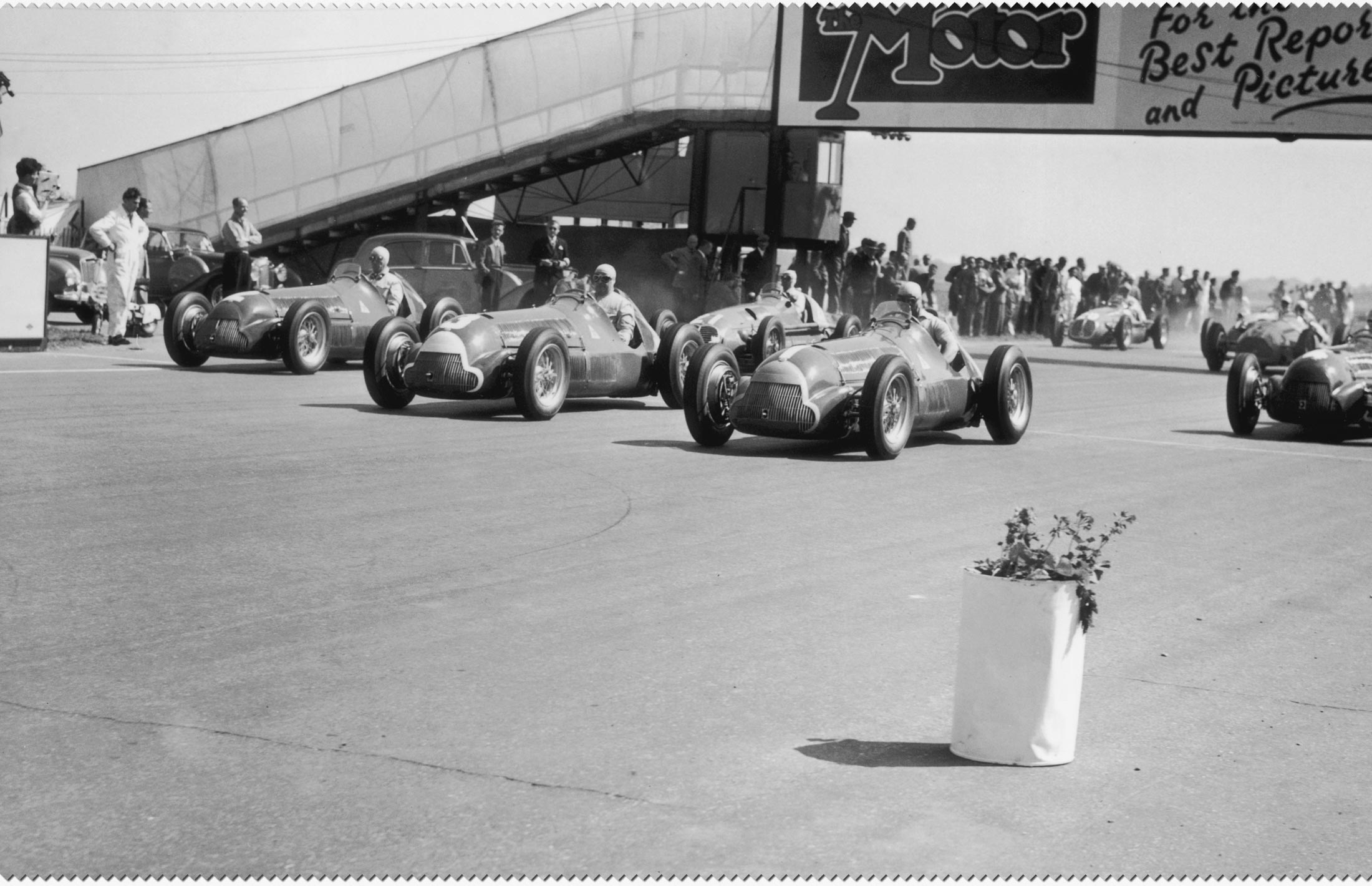
Set on the River Sarthe in Northern France, Le Mans has a 13th century cathedral and the remains of a Roman wall but you’re more likely to know the name for its special bond with motorsport. A certain car race is run annually at the Circuit de la Sarthe on the outskirts of town. Les 24 Heures du Mans is an endurance race that pits the biggest names in the automotive world against each other over an electric 24 hours each June. As the oldest car race in the world, an event which has stood at the pinnacle of motorsport for over 80 years, the Le Mans 24-hour is drenched in history. Manufacturers built their names there, drivers have become greats and their cars have passed into legend. The concept is simple, the car completing the most laps in 24 hours is declared the winner. In the modern race, the field is split into classes and teams of three drivers take turns in the hot seat. So what makes Le Mans so special? The Circuit Le Sarthe isn’t a bad place to start. Its mix of dirty, uneven public road and permanent racetrack is a unique test of man and machine. Tetra Rouge the 120mph right hander, the headlong rush through the trees to Indianapolis, the intricate Porsche curves and, of course, the fearsome Mulsanne straight, these stretches of French asphalt are entwined in motoring folklore. The relentlessly fast track has evolved in stages over the years, many alterations brought about to enhance safety in a race that has claimed many lives. The worst single motorsport accident of all time took place at the circuit in 1955 when a Mercedes 300SLR somersaulted into a packed grandstand killing driver Pierre Levegh and more than 80 spectators. The famous “Le Mans start” would also fall victim to safety concerns in 1970. At the drop of the Tricolour, drivers would sprint across the track, climb into their cars and set off. To save time, though, many were neglecting to fasten the new safety harnesses that were just beginning to be fitted to race cars. After a number of fatal accidents, a less frantic rolling start was adopted. Speeds increased steadily up until the golden age of endurance racing in the 1980s and early 1990s. At this stage, the powerful “Group C” cars would approach and sometimes exceed 250mph on the 3.7-mile Mulsanne straight. Finally, a rule change decreed that no straight could be longer than 2km in FIA sanctioned events. The result is the Mulsanne of today, emasculated by two chicanes. It hasn’t slowed them much, the lap record for the 8.47-mile circuit is held by a Peugeot 908 which recorded a sobering average speed of 152.9mph around the loop in 2008. The greatest names in motorsport have raced and won at Le Mans with many having the 24-hour race to thank for sowing the seeds of their reputations. Bentley, Alfa Romeo, Jaguar, Ferrari, Ford, Porsche and Audi have all enjoyed periods of dominance. These runs of success would yield legendary cars like the Bentley Speed-Six of the 1930s, the 50s Jaguar D-Type, Fordís GT40 in the 60s and the Porsche 956 in the 80s. The urge to conquer the Circuit de Sarthe has fuelled the development of technologies that filter down into road cars. The Jaguar C-Type won in 1953 with the aid of the first ever disc brake system and the draining night-time stints were made that little bit easier for the Ford and Porsche drivers in ª 1974 when both trialled halogen headlamps. In the 1990s, regulations stated that versions of cars entering the Grand Touring class at Le Mans must have been on general sale. This led to some of the most extreme production supercars ever seen, including the McLaren F1 which won the 24-hour in 1995 beating the purpose-built prototypes. Diesel-engined cars have dominated at Le Mans since 2006 but the fuel made its debut at the race as far back as 1949. Reflecting the wider automotive industry focus on improving efficiency, Le Mans racers have also used biofuels and KERS (Kinetic Energy Recovery Systems) which store energy for a short-term boost in performance. Hybrid racers are believed to be the next step. The desire to compete and win at Le Mans is felt as strongly as ever among leading motor manufacturers. In some ways, a lot has changed since the first 24-hour races on the Circuit de la Sarthe in the 1920s but as the cars howl past, churning out their laps in the failing light of a warm June evening, it’s clear that much has remained the same. Le Mans is the uncompromising test of an engineer’s skill and a driver’s mettle that it set out to be.

